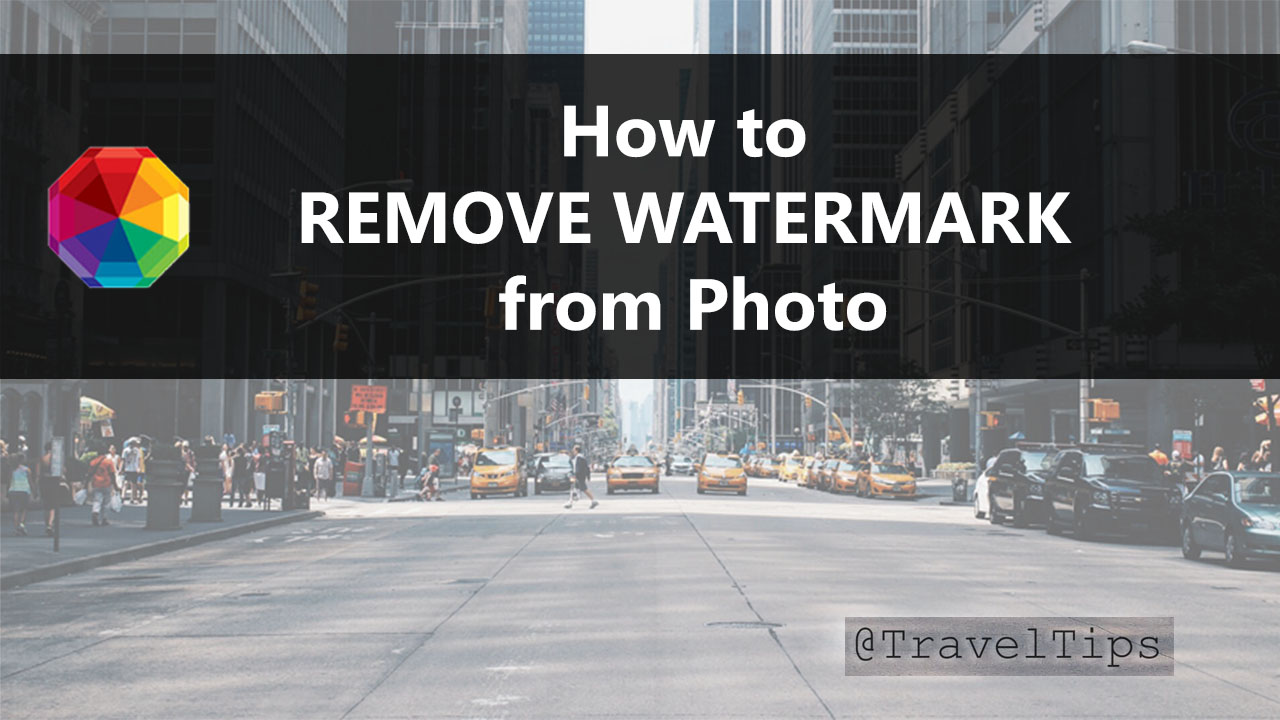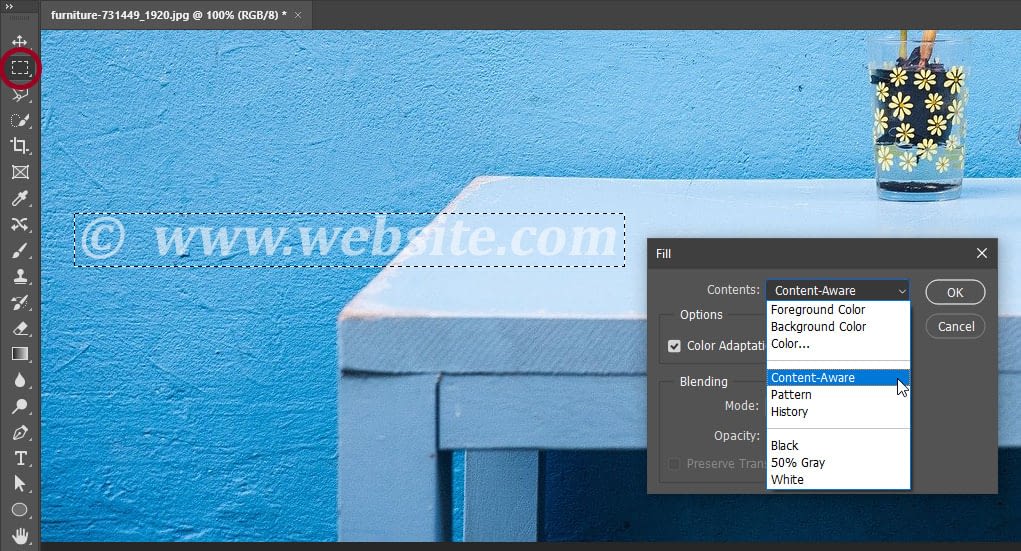

Have you ever had a photo stolen? 126 of the 346 responses said they have.I collected over 1,500 yes/no responses to three questions. To see how many people are affected by this, I polled the 34,000-person audience on Instagram.

On the other hand, putting them up means anyone can take it and use the image however they see fit - at least until they’re caught. On one hand, it’s necessary they be online to get noticed and make sales. The Internet is basically the Wild West when it comes to posting images. Photoshop and other applications can remove meta tags built into images as a way to reduce their file size. But even that isn’t a surefire way to protect your images. If it’s something simple, a thief might not even notice it before putting it on their website.Īs well, many people put their copyright information in the meta description. The best defense against theft is to use a small watermark that doesn’t intrude on the image, but lets people know that it’s yours. So if somebody wants your photo, they’re going to take it. These days, Adobe Photoshop is so powerful that you can easily remove a watermark, and still retain most of the details. Putting a bold watermark in the middle of your image will not only ruin the image’s chance of being shared online, but it will ensure anyone wanting to use the image will just remove the watermark in Photoshop. So should you be thinking about using a watermark on your files?Ī simple, unobtrusive watermark in the bottom corner of your photograph is the best way to protect your images online. And if that happens to your photo, someone can use it on their website for commercial reasons without you ever knowing about it. Sites like Instagram, Twitter, Facebook, Pinterest, and even Google make it easy to discover and download images online.


 0 kommentar(er)
0 kommentar(er)
